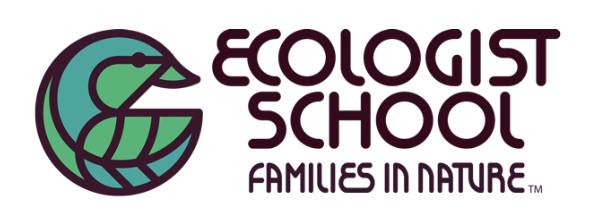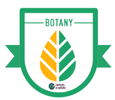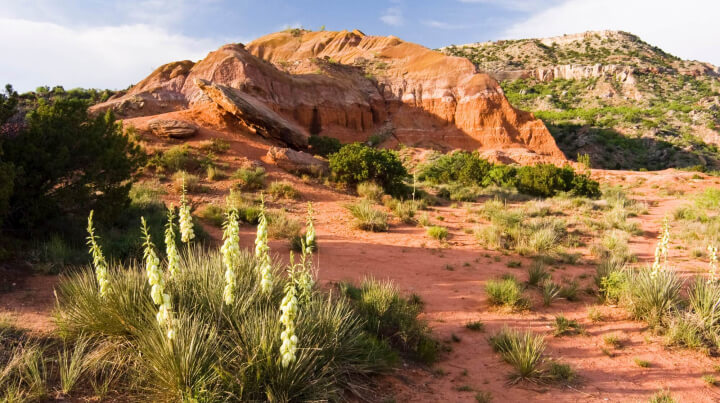Texas A&M Forest Service Nature Challenge


Forest Pharmacy
Did you know that many plants in East Texas forests have been used for medicine? Take a walk and look for trees like pines, oaks, and sweetgums. Can you spot sticky pine sap, rough bark, or fallen leaves? Imagine how these parts of the tree could be used—pine sap was once used to seal wounds, and sweetgum leaves contain ingredients found in cold medicine! What other plants might have hidden uses?
Science Seed: East Texas is home to the Pineywoods, a dense forest full of plants with unique properties. Indigenous peoples and early settlers used pine sap as a natural bandage, and sweetgum tree resin contains compounds similar to those in modern cold medicine. Even yaupon holly, the only native North American plant with caffeine, was brewed into an energizing tea! By exploring the forest, we can discover how plants have supported humans and wildlife for thousands of years. *Never eat anything you find without a 100% confident ID. We do not recommend foraging without a trained elder or guide.
Buy real badges: https://familiesinnature.org/shop/#!form/Shopping
Details

|
|
|
|

This Challenge is for:
- All Ages
- Formal Educators
- Informal Educators
Challenge Topics:
- At Home
- Biodiversity
- Connecting Children with Nature
- Environmental Systems and Cycles
- Indigenous Voices and Lands
- School Campus
This Challenge is accessible for:
- People with Visual Impairments
- People with Hearing Impairments
- People with Mobility Impairments
- People with Developmental Impairments
- People with Sensory Sensitivities
Don’t forget your...
- Plant ID Guide
- INaturalist App
To complete this challenge
Step one
1. Take a Walk in East Texas

Walk through a local forest or wooded area in East Texas, keeping an eye out for pine, oak, and sweetgum trees.
Step two
2. Look for Plant Parts

Focus on finding sticky pine sap, rough bark, or fallen leaves from these trees.
Step three
3. Examine the Pine Sap

If you find pine sap, think about how it could be used—consider its medicinal qualities. Pine sap was used historically to seal wounds.
Step four
4. Look for Sweetgum Resin

Sweetgum trees produce resin that contains compounds similar to those used in cold medicine. Look for any fallen resin or leaves.
Step five
5. Think About Other Plants

As you explore, think about other trees or plants that might have hidden medicinal uses. For example, yaupon holly has caffeine and was used for tea.
Step six
6. Consider the History

Reflect on how early settlers and Indigenous peoples used plants for medicinal purposes and how this knowledge can be helpful today.
Step seven
7. Earn Your Badge

After your walk and reflection, you can earn your badge by sharing your discoveries and insights about the plants and their medicinal uses.
Step eight
Earn your badge!

Gallery
There aren't any images in the gallery.
Texas A&M Forest Service and cooperators collectively known as “Nature Challenge” have not inspected the physical locations of challenges. No warranty of safecondition, or fitness for particular use is granted by Nature Challenge. Nature Challenge has not vetted whether the challenges, as formatted by the Provider, is safe. Anyone performing this challenge will be doing so at their own risk.








